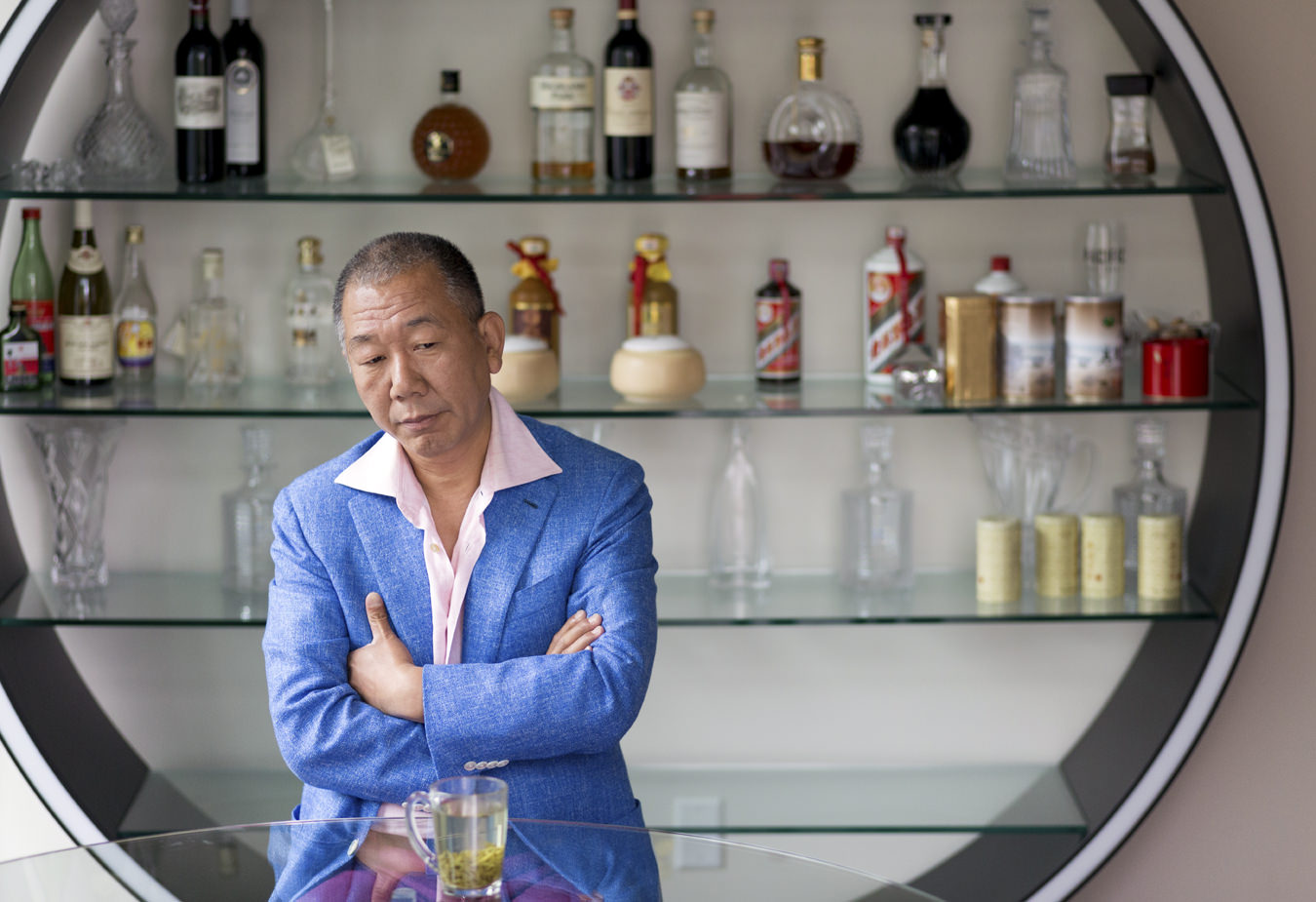The upper echelons of the fine art world are often mysterious, where value is an extremely relative, often nearly random, concept. Provenance itself is a large issue, but placing a value on individual artworks requires deep knowledge, experience, an understanding of how auctions work, and many millions of dollars to spend. For the Dalian Wanda Group, whose chairman Wang Jianlin is China’s richest man, the answer is art curator Qingxiang Guo. He studiously and sagaciously fulfills his role of collecting art for the company’s museum, and brings a simmering passion to it, too.
Guo leads a team that travels the world assessing, and deciding whether to attempt to procure, artworks. He started in China, and is a leading expert in Chinese art. “Chinese art of all kinds is important to us, of course,” he says through a translator. But, perhaps inevitably, “we also developed a serious interest in developing our Western art holdings. It has been a highly pleasurable pursuit.” Guo is sitting in his downtown Vancouver home, sipping tea for which the leaves were hand-picked from a specific mountainside plantation in China. “I think of some great teas as works of art, as well,” he says with a smile.
It is not just any art we are talking about here. Guo recently purchased, on behalf of Dalian Wanda Group, Monet’s Bassin aux nymphéas, les rosiers, for in slight excess of $26 million. This conforms to Guo’s overall curatorial approach. He is searching for “significant, even pioneering work. Pieces that were at the leading edge, the very best.”
When asked if contemporary art can be sufficiently assessed for value and historical significance, Guo nods almost imperceptibly before answering, “yes, absolutely. We apply the same principles always, however, whether it is contemporary or ancient, or any place between. We search for life-affirming, positive art—art that makes the world a better place. But also, art that somehow contributed to the evolution of art itself.” Dalian Wanda Group’s collection began with Chinese art, but has expanded its interests greatly. The rationale in acquiring significant Western art is reasonably simple in conception, though seriously tasking in execution. “The idea is to expand an understanding of Western art among Chinese collectors and in Chinese culture generally,” says Guo. Thus the interest in “pioneering” artists such as Picasso. “We purchased Picasso’s Claude et Paloma and Tête de femme au chapeau because they are beautiful, of course, but also because they are important works by an artist who shaped 20th-century painting—who helped shape a new understanding of reality.” This is, in some important ways, a fairly conservative curatorship, not given to political art; but Guo is attuned to works that over time became canonical, even if during their early days they might have been seen as revolutionary.
He is searching for “significant, even pioneering work. Pieces that were at the leading edge, the very best.”
During a second cup of tea, he elaborates on some of his ideas. “Art is a reflection of human innovation, human thought. Each artist represents innovation, new findings, in the era in which they live. As an example, Impressionism emerged at the point when the science of light was emerging. This inspired a new way of looking at light, and of painting.” He pauses only briefly, then continues, “this in turn inspired modern art. Picasso’s Cubism paintings were a breakthrough, in the sense that painting could encompass not only three-, but four-dimensional space. Go a little further, and you find Jackson Pollock utilizing elements such as spot, line, area, and colour, throwing off pre-existing bonds. Rothko used limited colours and simple shapes to symbolize spiritual expression.” And of course, Guo’s interests continue to focus on China, as well: “Chinese modern artists Wu Dayu, Zhao Wuji, Zhang Gongque, and Shi Qi created their own personal modern art language, influenced by ancient Chinese philosophy.”
Bassin aux nymphéas, les rosiers had been off the public grid for approximately 20 years, and its acquisition for Dalian Wanda Group was a significant and important step for Guo. He modestly asserts that “it is a great painting, an important painting not only for Monet, but for the world generally. It will help us in our efforts to further establish communications between cultures—to help, in this case, Chinese culture to understand Western culture.” These are not small ambitions, certainly, but Guo goes about his work calmly, efficiently, confident in his team, in himself.
Celebrate Canadian media. Order your copy of our Winter 2016 issue.











